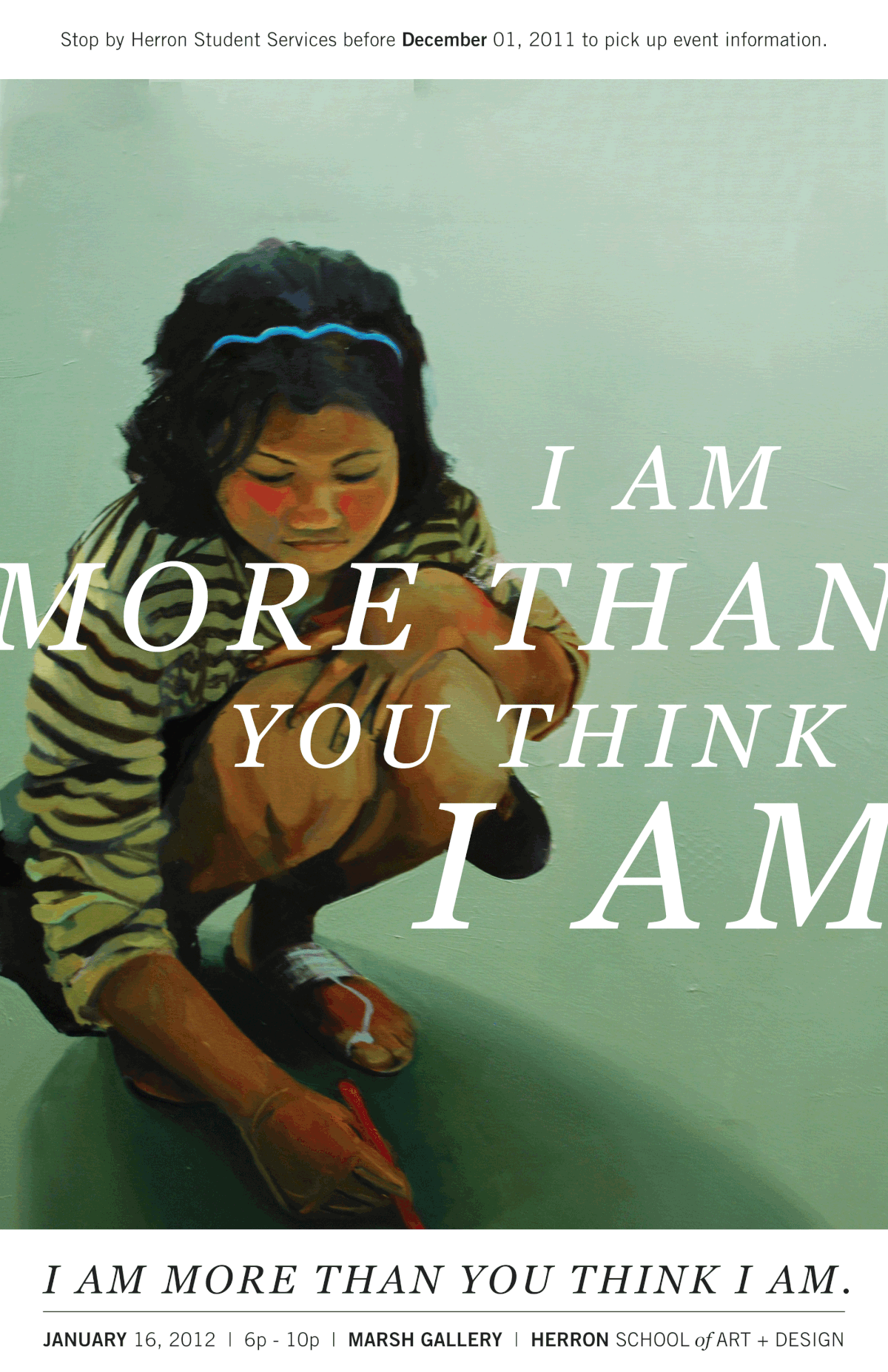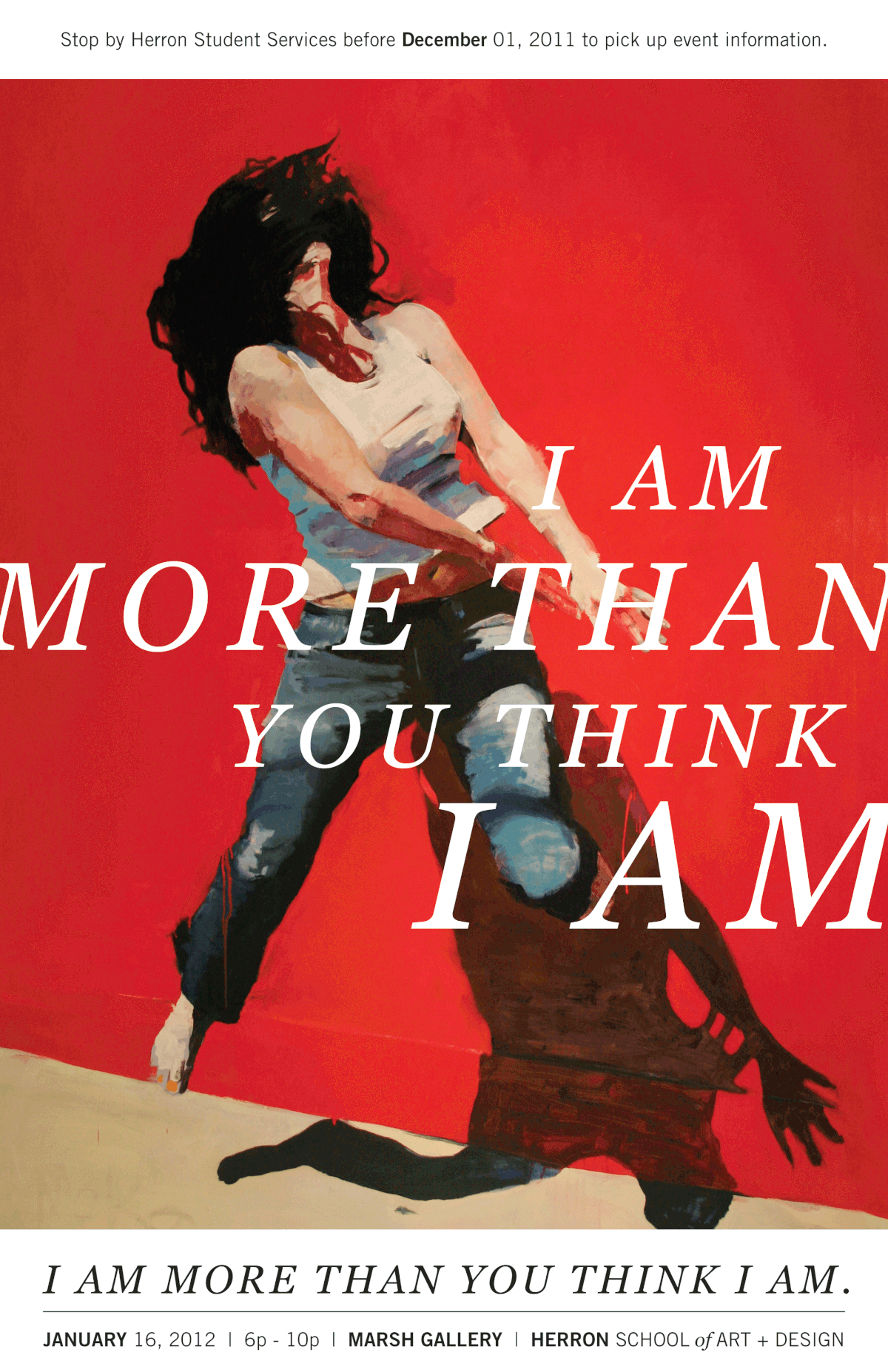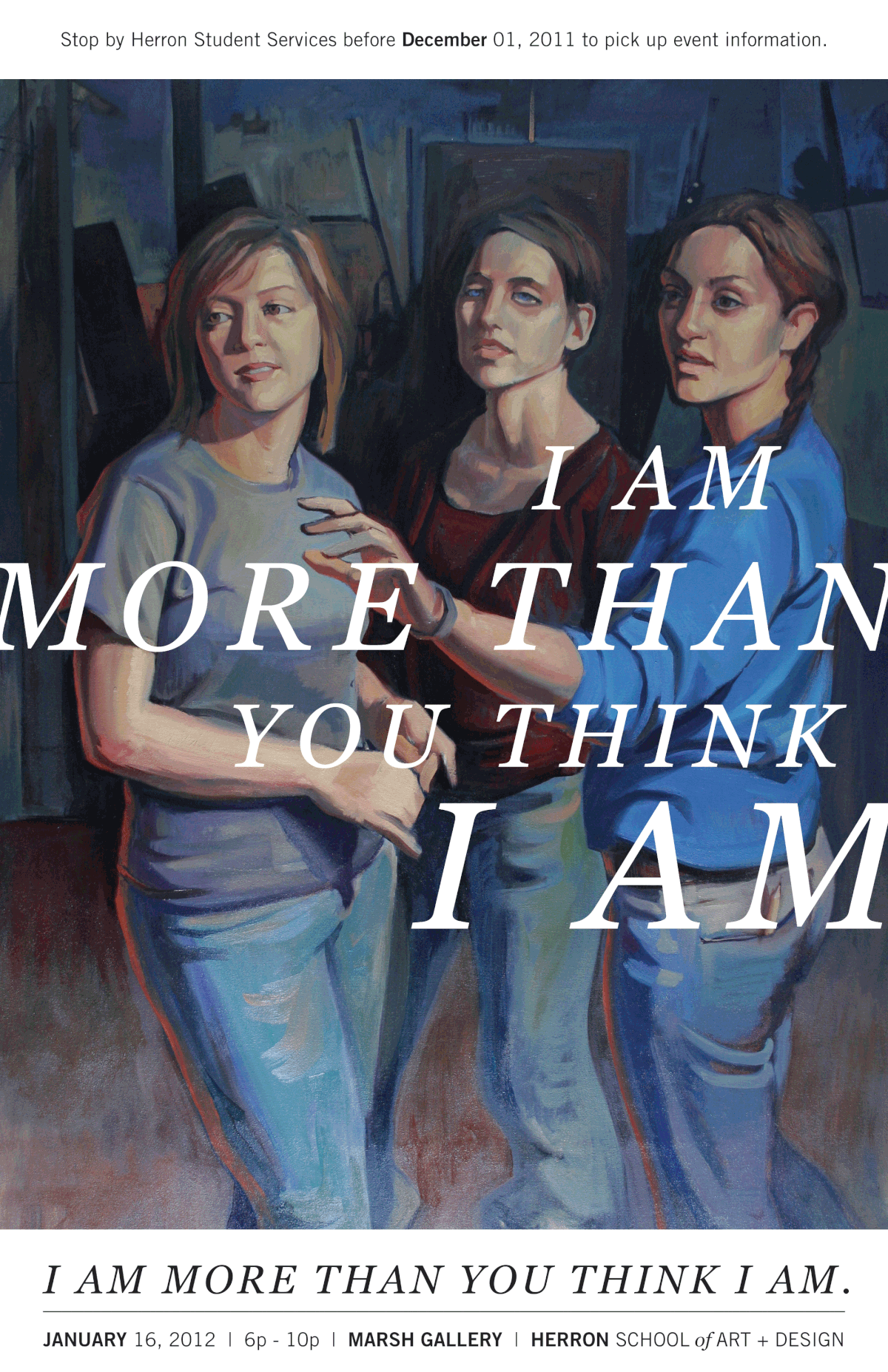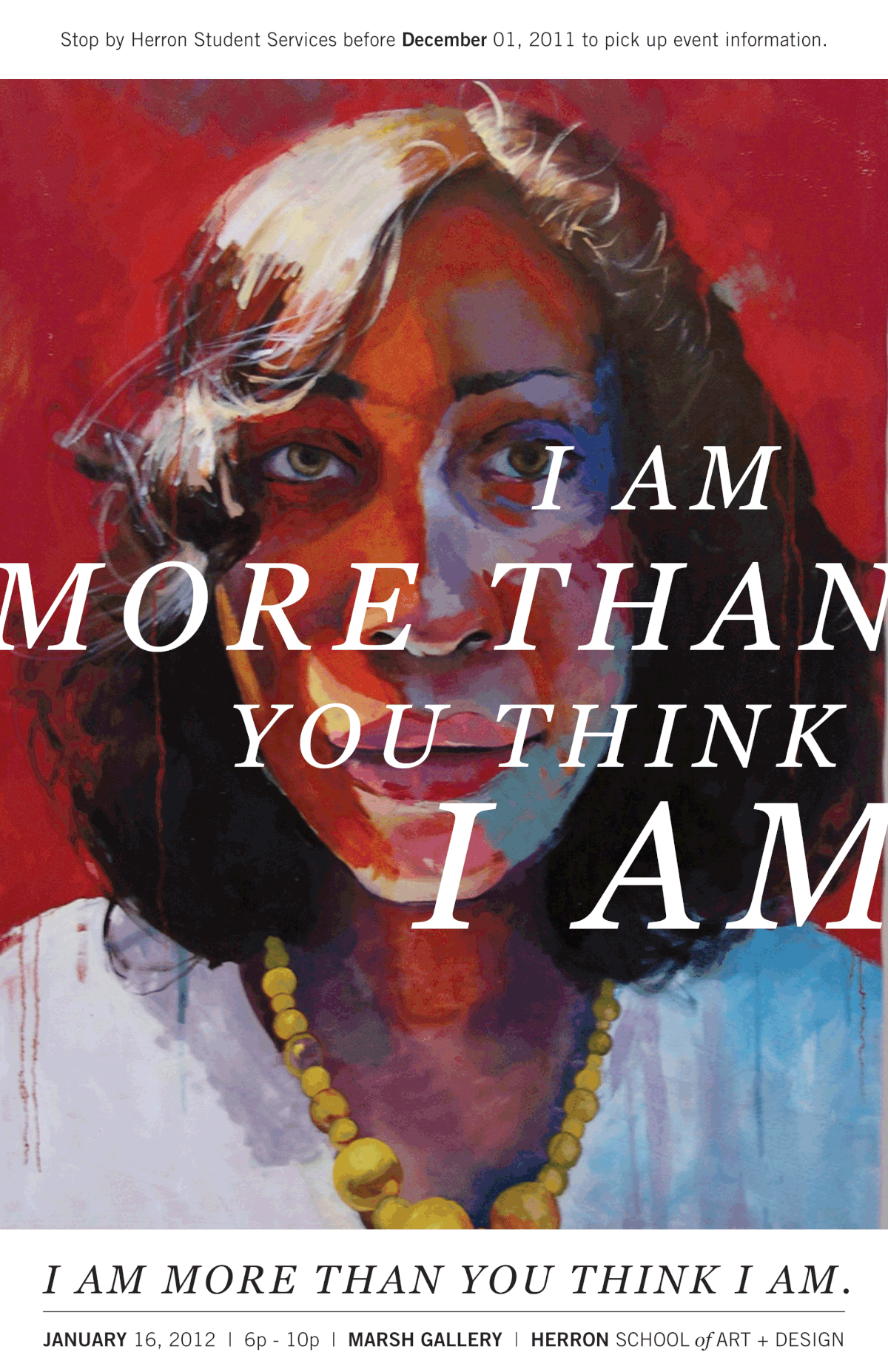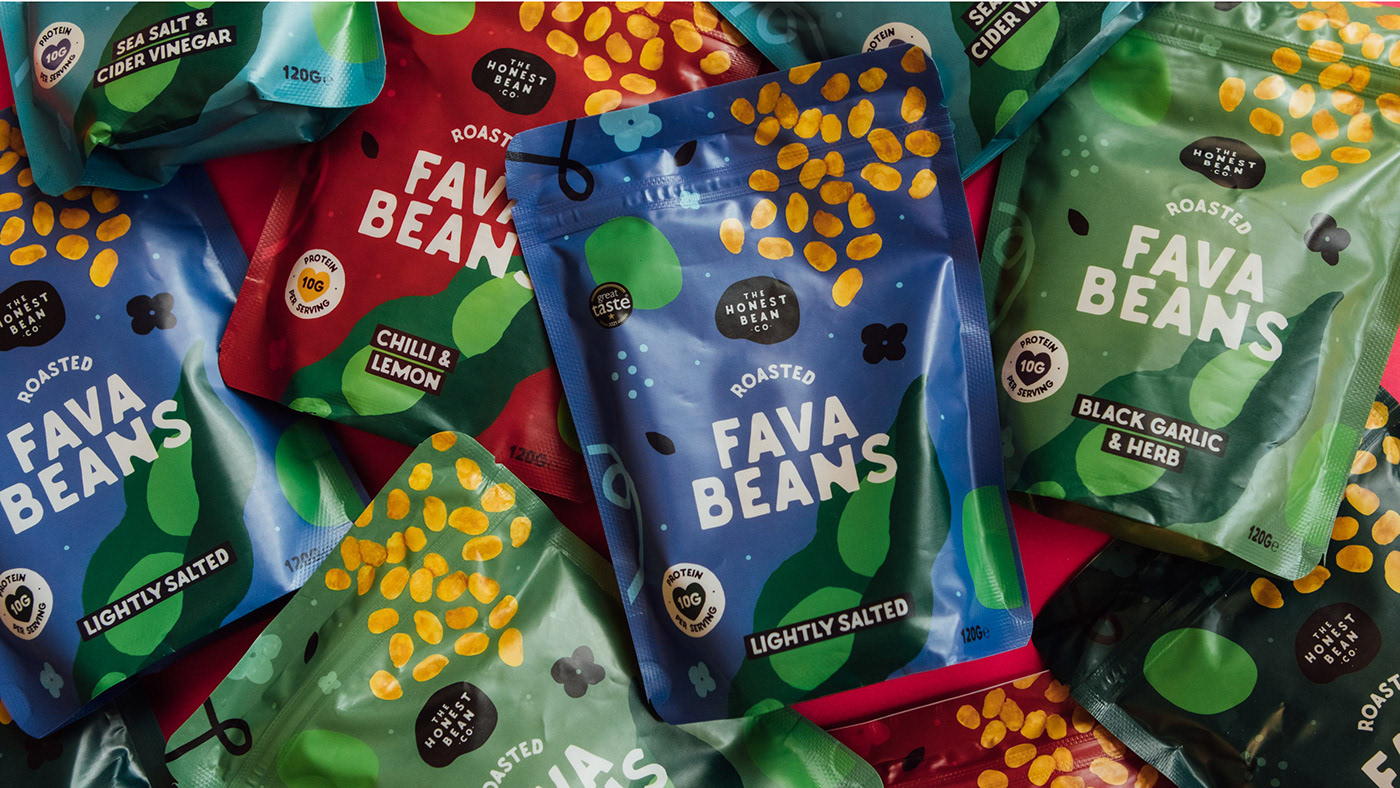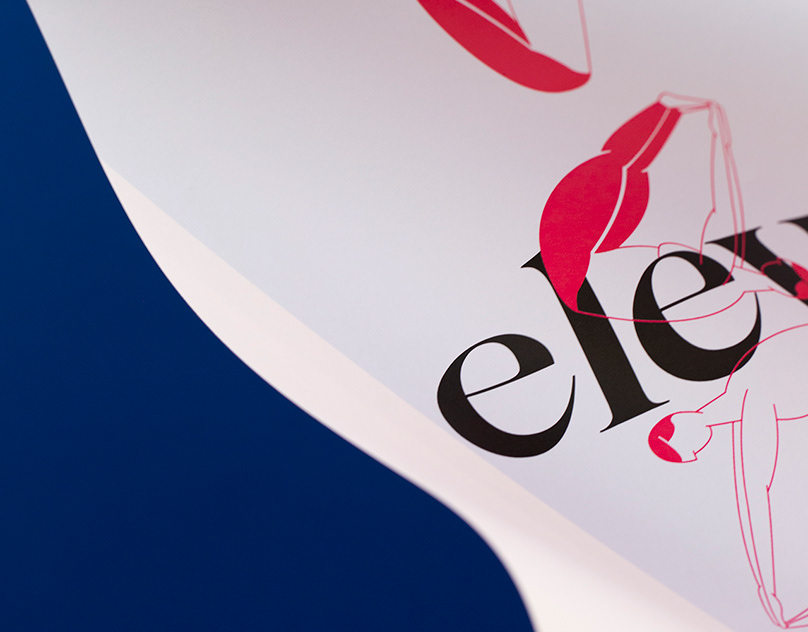I Am More Than You Think I Am
This event was designed to aid creatives in fulfilling a successful career path. We first defined our problem space: When and why are students unhappy? Our research shows that students are dissatisfied during transitional phases in their lives. Some of the transitions ranged from dealing with a loss, moving away from home, starting college, and life after graduation. From our own experiences and collective knowledge, we found that the transition from college to the real world was stressful for many students. From there, we saw many opportunities for improvement.
We then had to ask ourselves, what makes a happy professional? People in their field who are happy with their jobs all say the same things about their career: They like to feel accomplished and appreciated. They experience freedom in their work, and enjoy learning new things and facing a challenge. They have job security, and feel a sense of reward from their work. Most importantly, they love to collaborate, receive feedback, and feel like a part of the overall process of the company.
After identifying research and statistics that support these claims, we discovered what sets our demographic, Generation Y, apart from the rest of the work force. We uncovered that the tools aren’t meeting the needs of the generation. Gen Y’ers are technology savvy. They are young, smart, and brash. There is a higher value on self-fulfillment. They love feedback. “Gen Y’ers have grown up getting constant feedback and recognition from teachers, parents and coaches, and can resent it or feel lost if communication from bosses isn’t more regular.” “They expect to be told how they are doing.” “Some common characteristics include, sociable, team-oriented, connected, work hard play hard, confident, multi-taskers, loyal, involved, and truly want to develop their careers.”
Next, we developed a series of challenge maps to help us narrow down and refine our “How Might We” statement, which also narrowed our audience space and allowed us to concentrate on a specific direction in our research. We then held a collaborator meeting where we used many rapid prototyping techniques to generate as many ideas as possible. The purpose of this meeting was to gather large amounts of thoughts and ideas of people that our “How Might We” statement affected. These collaborators included students, faculty, staff, and professionals. We created each exercise into somewhat of a game to keep everyone less focused on the quality of their ideas, and more on quantity. This meeting provided us with a lot of useful information, and reinforced the need to help Herron students create a fulfilling career path.
Our last stage of research included an array of criteria grids. We took our potential ideas and compared and rated them against criteria we deemed important through research and our brainstorming session. We then added up the total points awarded to each idea put through each criteria. The ideas with the most points were chosen to continue on to the next phase of ideation and research. Some of the criteria that was used included usability, genuine message, implementability, and strong user engagement. It was then voted that the two main solutions would involve some form of networking with professionals or portfolio preparation. We then began prototyping.
In the end, we found that the two ideas had missing areas that the other one could
potentially fill in. For example, the campaign had a solid marketing plan, but didn’t have enough content that would be valuable to the audience. The workbook had valuable content, but lacked a means to distribute and sell the idea. They both, in the end, lead up to an event; and so the idea of combining the two prototypes came to life.
The campaign was about personal growth and finding skills that you wouldn’t normally identify with your major. This campaign is to help uncover skill sets and encourage students to build a strong career path that they can be proud of and enjoy. The campaign includes internal posters to attract students, external posters to attract professionals, a marketing prompt including a clear envelope with take-aways and requirements for entry to show, as well as an online presence to introduce our event to the community.
The event was purposed to showcase work, get feedback, network, learn about the many careers that can be pursued with their Herron degree, and have fun. The engagement included a gallery show, guest speakers, and networking exercises. The event was planned down to the finest detail: Catering, pricing, etc.
We then had to ask ourselves, what makes a happy professional? People in their field who are happy with their jobs all say the same things about their career: They like to feel accomplished and appreciated. They experience freedom in their work, and enjoy learning new things and facing a challenge. They have job security, and feel a sense of reward from their work. Most importantly, they love to collaborate, receive feedback, and feel like a part of the overall process of the company.
After identifying research and statistics that support these claims, we discovered what sets our demographic, Generation Y, apart from the rest of the work force. We uncovered that the tools aren’t meeting the needs of the generation. Gen Y’ers are technology savvy. They are young, smart, and brash. There is a higher value on self-fulfillment. They love feedback. “Gen Y’ers have grown up getting constant feedback and recognition from teachers, parents and coaches, and can resent it or feel lost if communication from bosses isn’t more regular.” “They expect to be told how they are doing.” “Some common characteristics include, sociable, team-oriented, connected, work hard play hard, confident, multi-taskers, loyal, involved, and truly want to develop their careers.”
Next, we developed a series of challenge maps to help us narrow down and refine our “How Might We” statement, which also narrowed our audience space and allowed us to concentrate on a specific direction in our research. We then held a collaborator meeting where we used many rapid prototyping techniques to generate as many ideas as possible. The purpose of this meeting was to gather large amounts of thoughts and ideas of people that our “How Might We” statement affected. These collaborators included students, faculty, staff, and professionals. We created each exercise into somewhat of a game to keep everyone less focused on the quality of their ideas, and more on quantity. This meeting provided us with a lot of useful information, and reinforced the need to help Herron students create a fulfilling career path.
Our last stage of research included an array of criteria grids. We took our potential ideas and compared and rated them against criteria we deemed important through research and our brainstorming session. We then added up the total points awarded to each idea put through each criteria. The ideas with the most points were chosen to continue on to the next phase of ideation and research. Some of the criteria that was used included usability, genuine message, implementability, and strong user engagement. It was then voted that the two main solutions would involve some form of networking with professionals or portfolio preparation. We then began prototyping.
In the end, we found that the two ideas had missing areas that the other one could
potentially fill in. For example, the campaign had a solid marketing plan, but didn’t have enough content that would be valuable to the audience. The workbook had valuable content, but lacked a means to distribute and sell the idea. They both, in the end, lead up to an event; and so the idea of combining the two prototypes came to life.
The campaign was about personal growth and finding skills that you wouldn’t normally identify with your major. This campaign is to help uncover skill sets and encourage students to build a strong career path that they can be proud of and enjoy. The campaign includes internal posters to attract students, external posters to attract professionals, a marketing prompt including a clear envelope with take-aways and requirements for entry to show, as well as an online presence to introduce our event to the community.
The event was purposed to showcase work, get feedback, network, learn about the many careers that can be pursued with their Herron degree, and have fun. The engagement included a gallery show, guest speakers, and networking exercises. The event was planned down to the finest detail: Catering, pricing, etc.
Below, you will find examples of the marketing campaign, along with handouts and information to the event. This is where we state that 'I Am More Than You Think I Am.'
